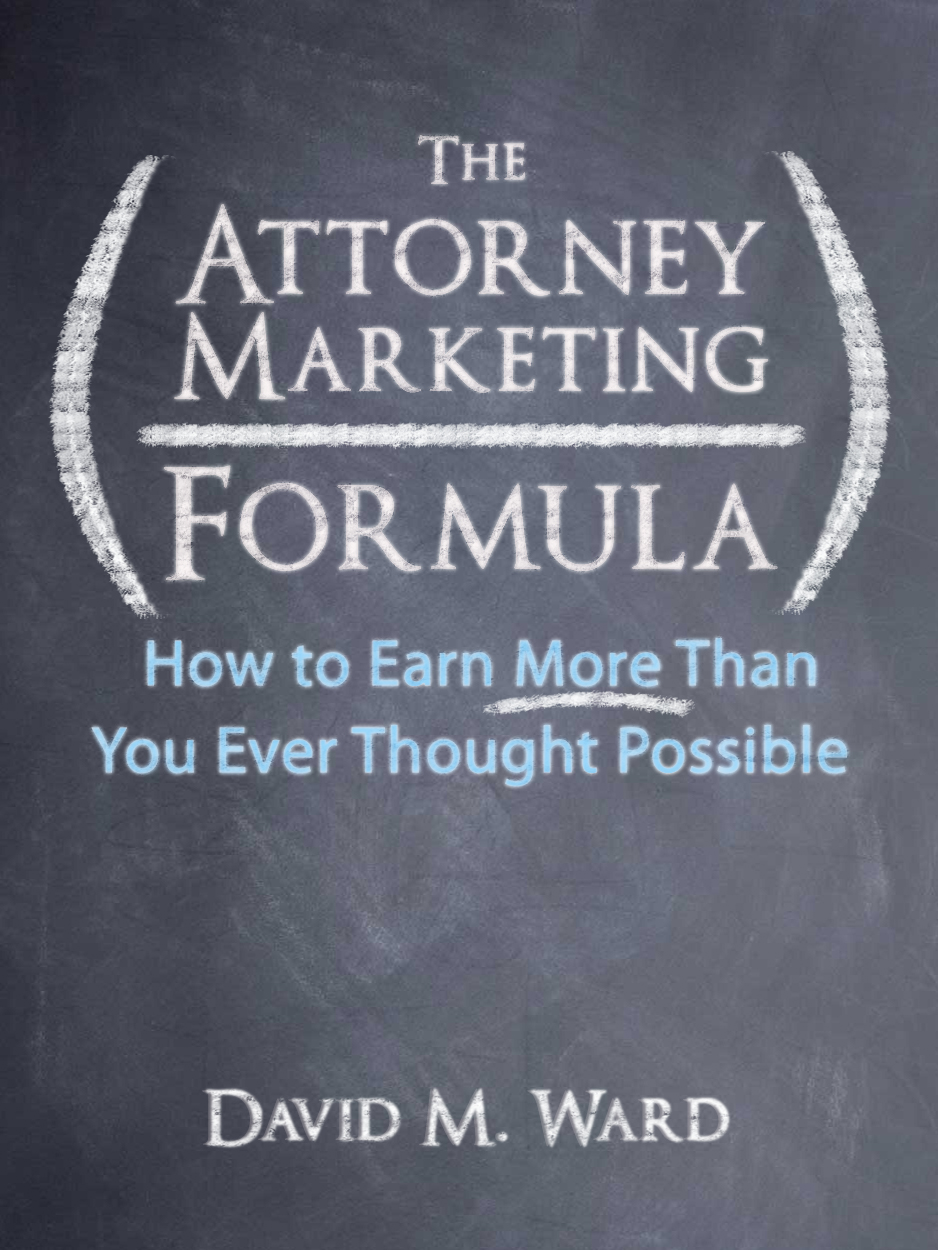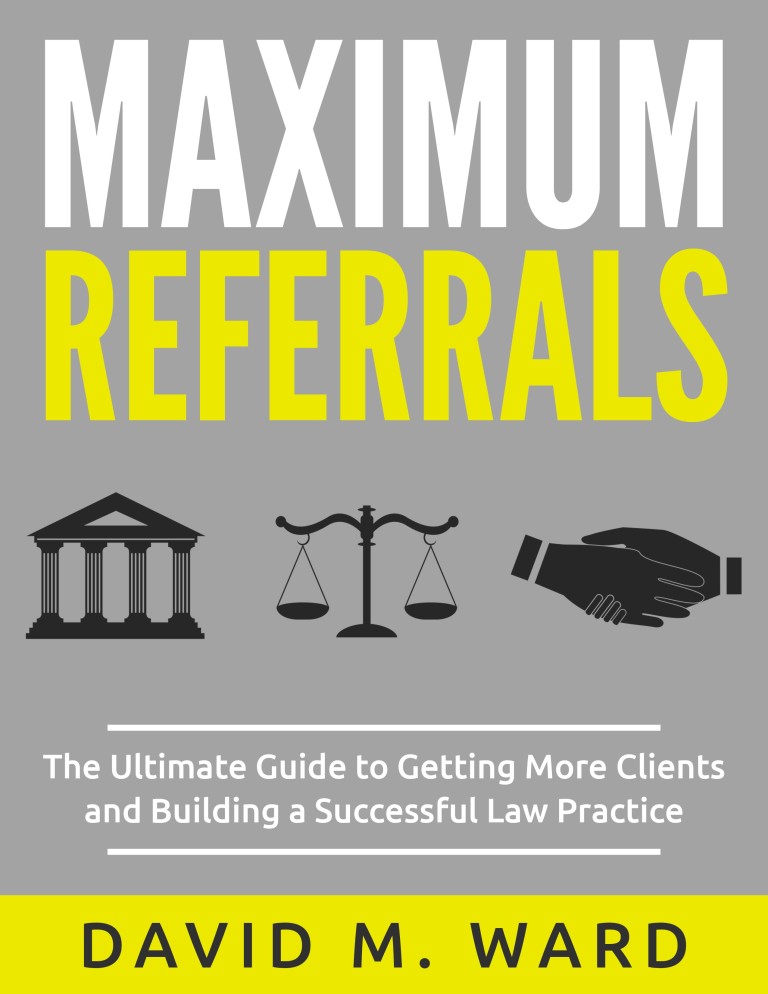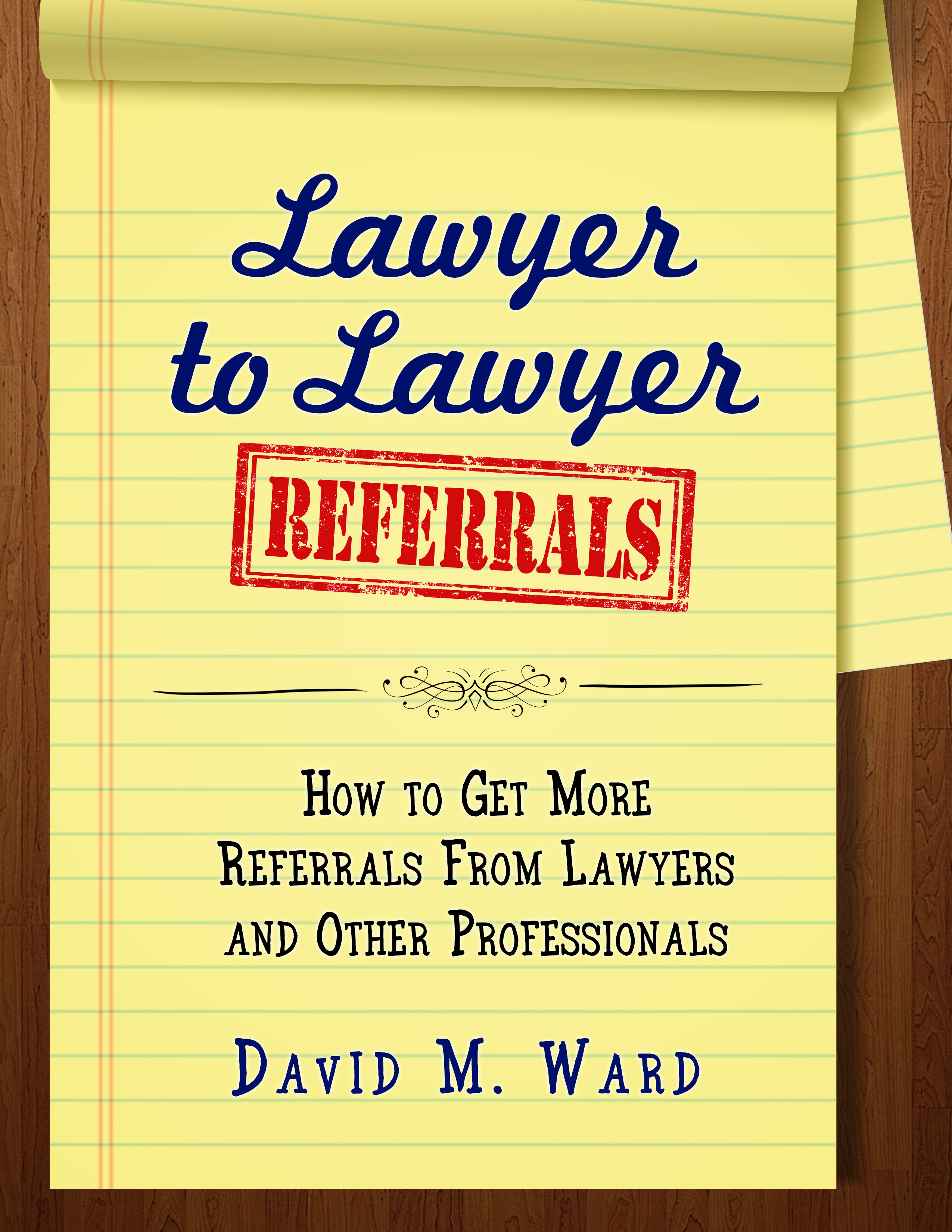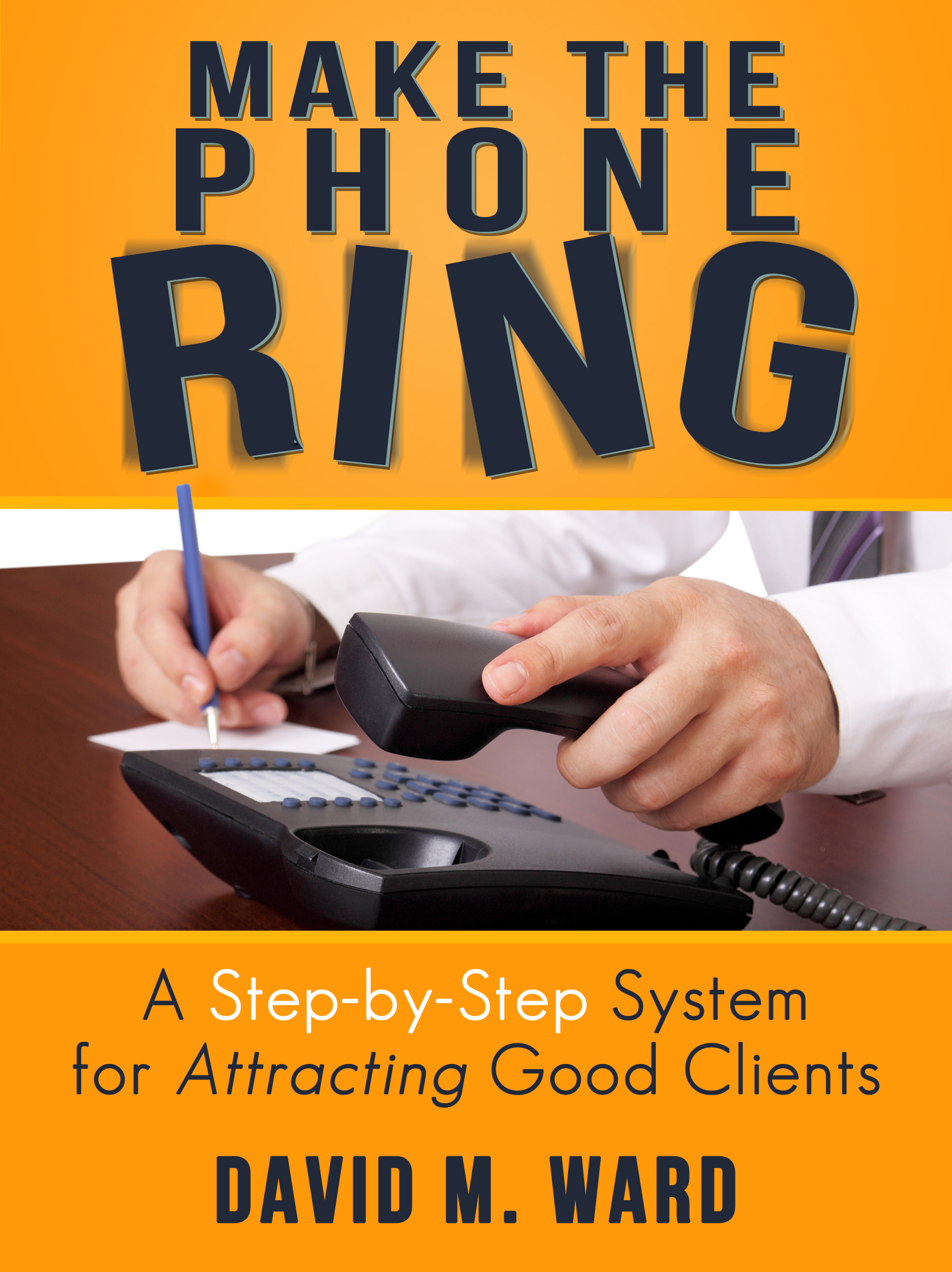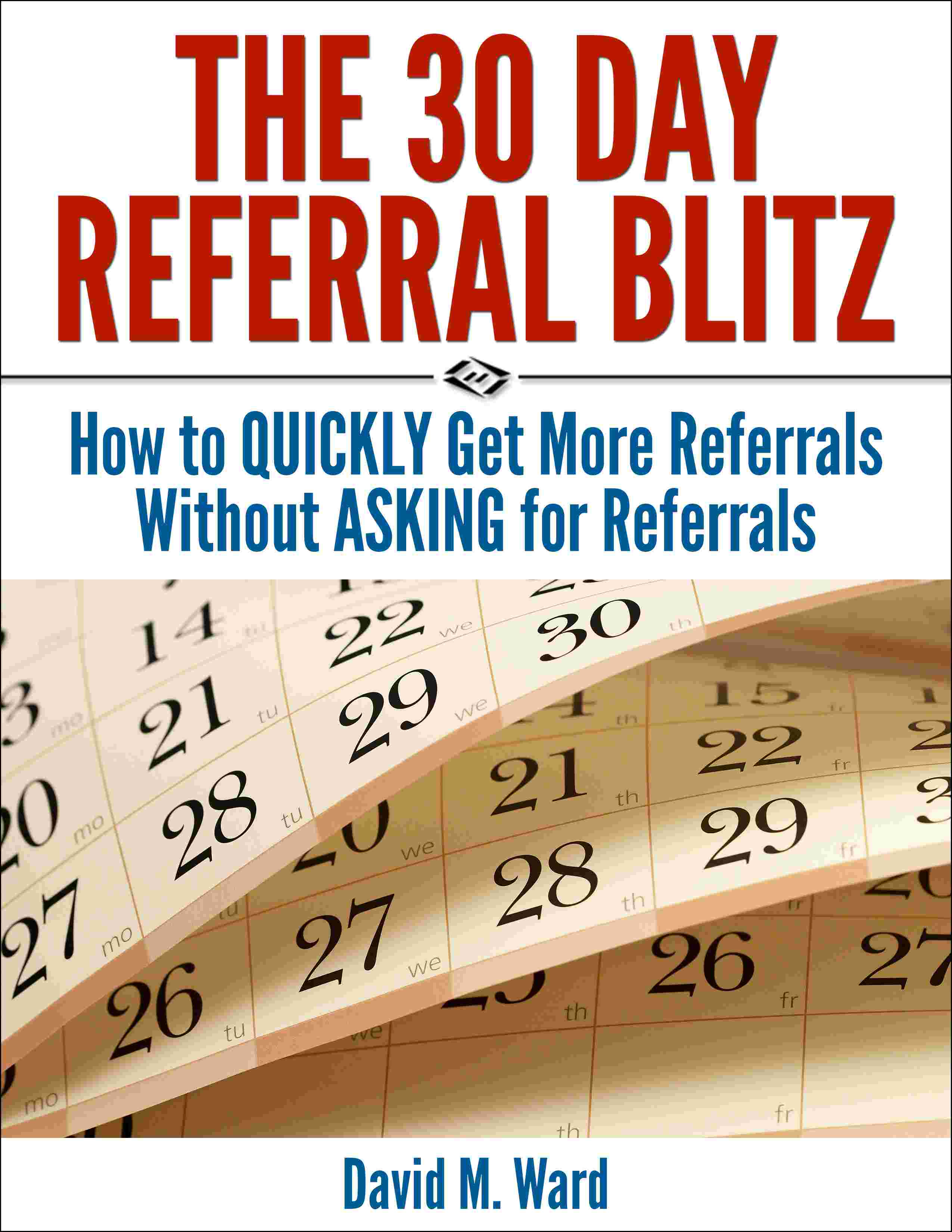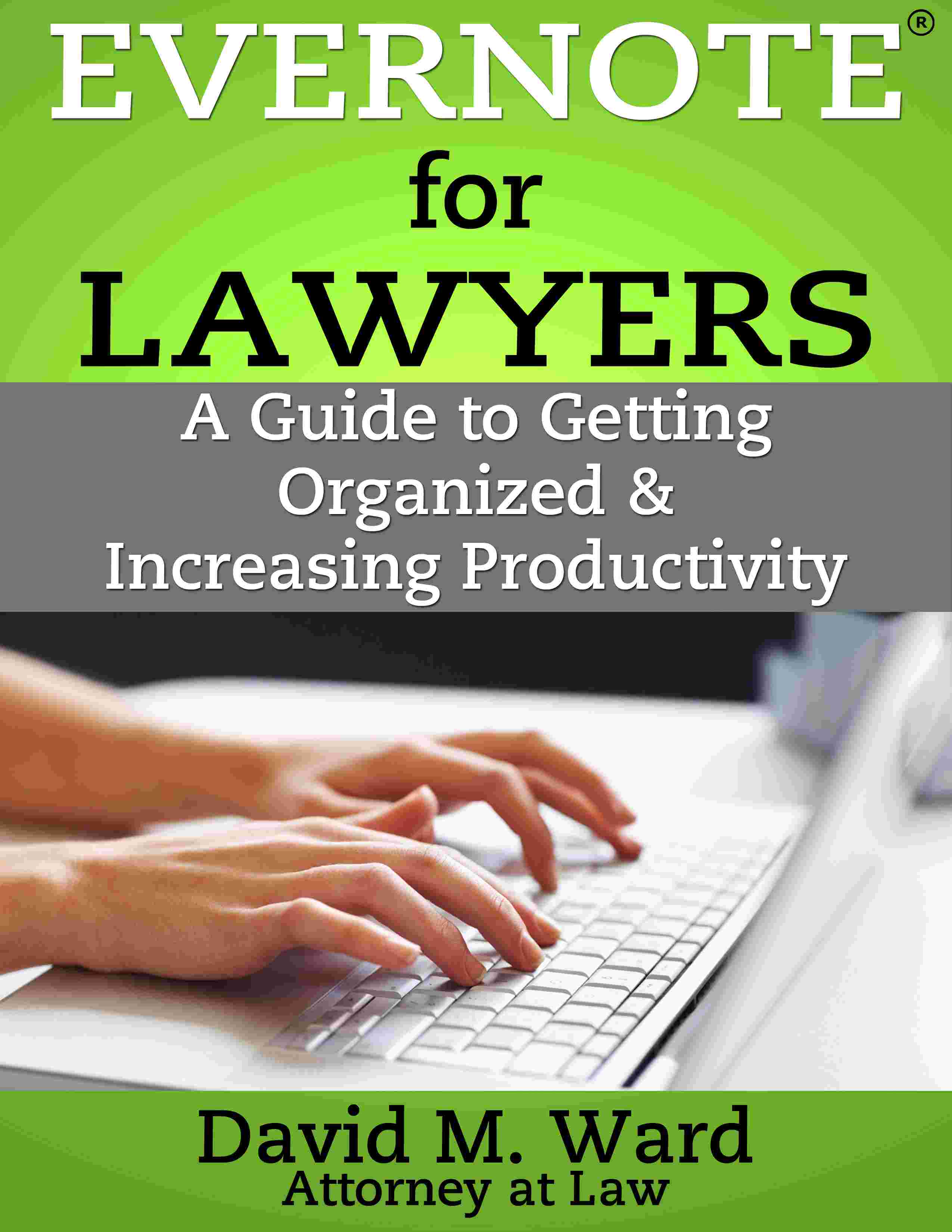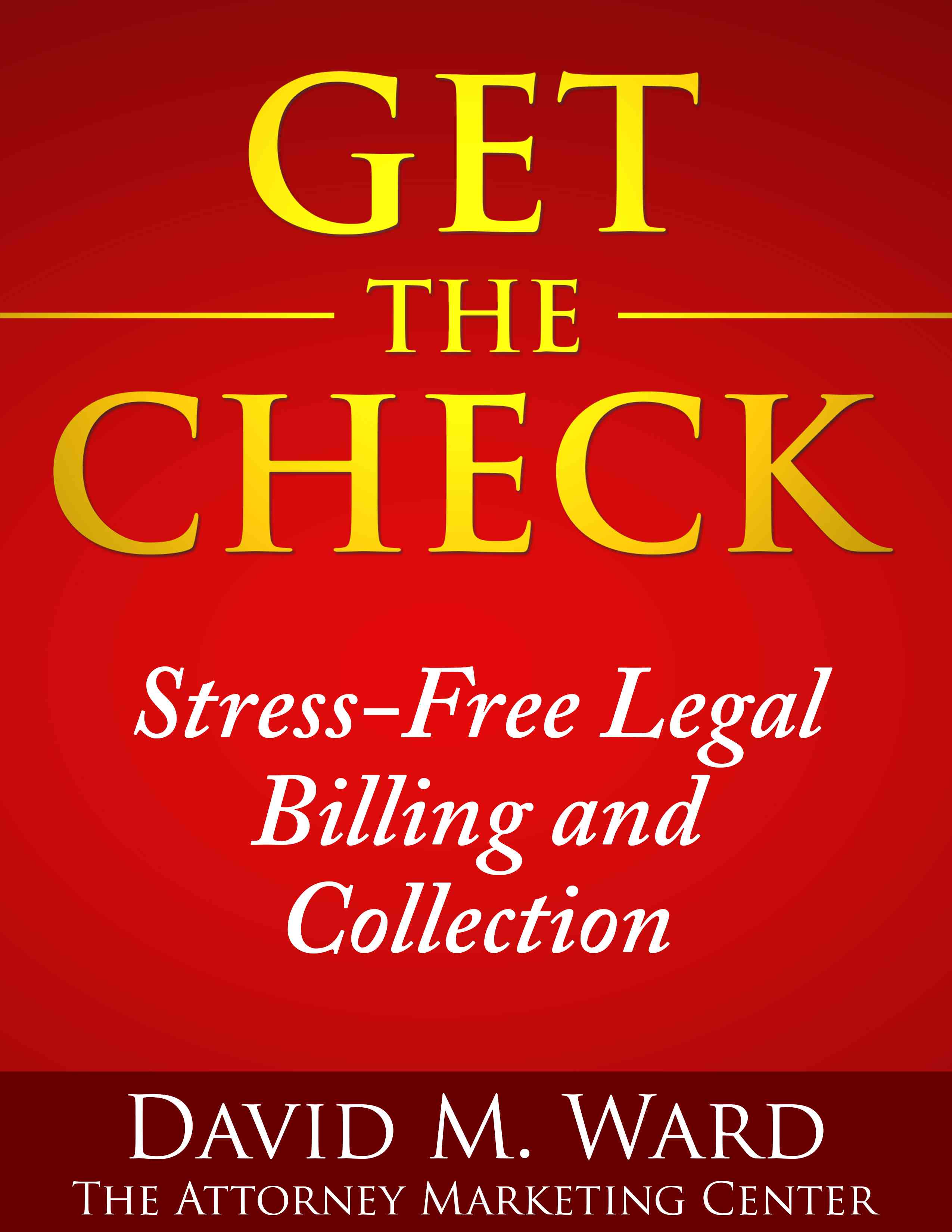My dentist send me an email that said:
NORDSTROM GIFTCARD GIVEAWAY
INVITE A FRIEND AND WIN A NORDSTROM GIFTCARD!
Introduce friends, family and co-workers to our office, and when they come in for their appointment between now and February 19th, you will be entered into a drawing to win a 0 NORDSTROM Giftcard!
The rest of the message said when the drawing would take place and that the “New patient must complete routine exam, cleaning and x-rays to qualify for drawing entry. One entry per person seen in the office.”
Not bad. Get more referrals, total cost: $100.
Two things come to mind:
(1) You could use something like this in your law practice, and
(2) If you do, you can get more bang for your buck than my dentist
First, let’s put aside the notion that you can’t do something like this in a litigation practice. You can. Not necessarily to get clients immediately, although you might, but to build your email list, which will eventually lead to new clients.
Now, how could you get bigger results than my dentist?
For starters, how about something obvious like having the drawing for the referring parties instead of (or in addition to) the new clients?
Hello. . . ?
Yes, it’s nice that you’re going to enter my friend in a drawing if I refer him, but how about something for me? Give me a reason to think about this for more than the three seconds it takes me to delete your email. . . let me imagine that I might win this thing. . . let me get excited and start thinking about who I could refer. . .
Okay, what else?
How about not requiring the referral to actually hire you?
It should be enough if they only have a free consultation, or even if they just schedule one. Or only opt into your list.
The name of the game is getting people to know about you and how you can help them. It’s about building your list.
Get more people on your list and you’ll get more clients.
The prize doesn’t need to be won by someone who referred a client (or became a client). So what if the “winner” is someone who refers ten people, none of whom become an immediate client? As long as your list is growing, your practice will be growing.
What else?
Well, you might offer a bigger prize.
Assuming your margins are higher than a dentists (arguable, I know), you can afford to offer the winner more than $100. You may not have to, it’s true, because winning anything is exciting. But a $250 prize sounds much more exciting, especially at Nordstrom where $100 would only buy you one shoe. For another $150, you might get a lot more participation.
You could also offer more prizes, e.g., three or five winners. Or you could offer a big first prize and lesser value second, third, and fourth place prizes.
NB: if you’re thinking of awarding prizes based on the number of referrals, i.e., the winner being the one who refers the most clients, do your homework re possible legal and ethical issues.
One more thing.
How about promoting your drawing to people who aren’t your clients? Contact other professionals you know (and ones you don’t know) and offer the same deal. Why not offer this to anyone in town (through your blog, social media, ads or mailings, or word of mouth)?
Would it be okay if you got referrals from strangers, people who have themselves never hired you, people who only send referrals so they can get a shot at winning a prize?
Yeah, that’s what I thought.

